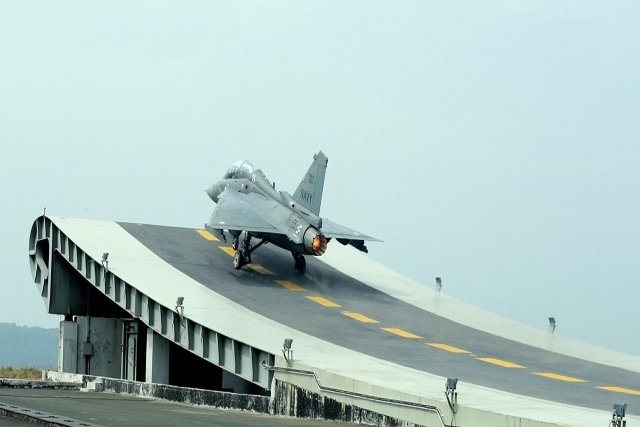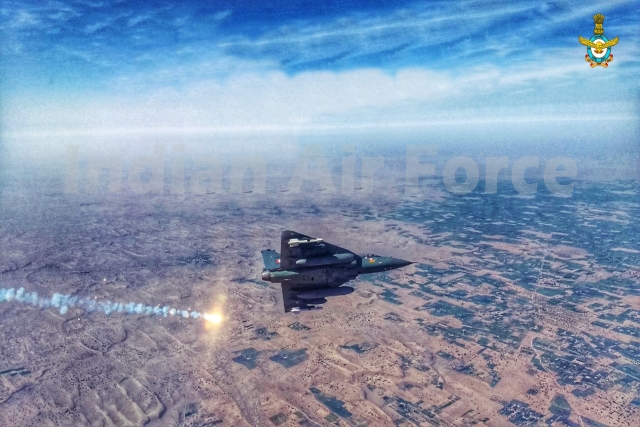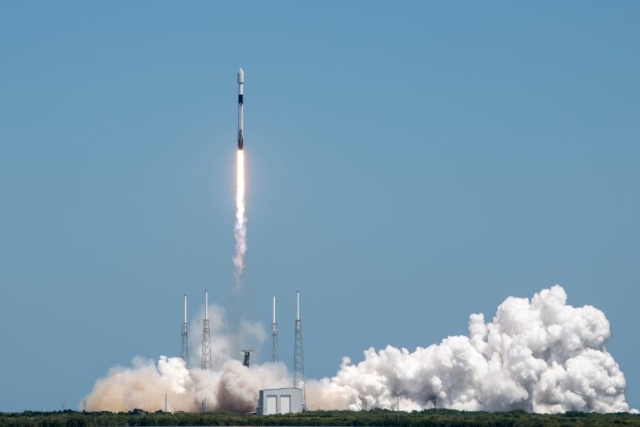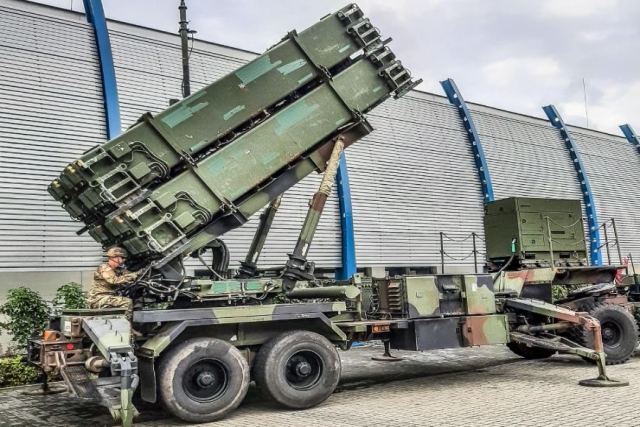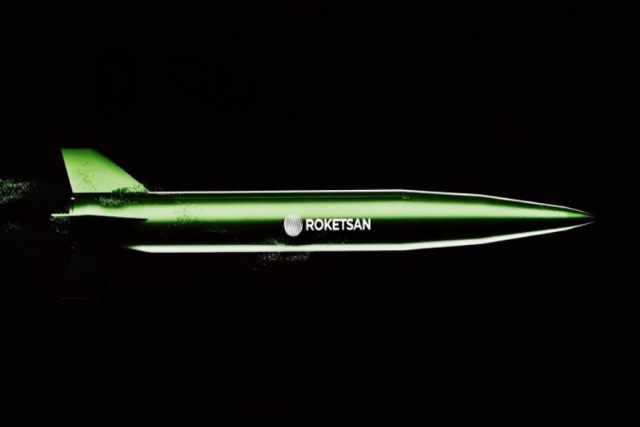Twin-Engine Deck-Based Fighter, Naval LCA Models for Aero India Display
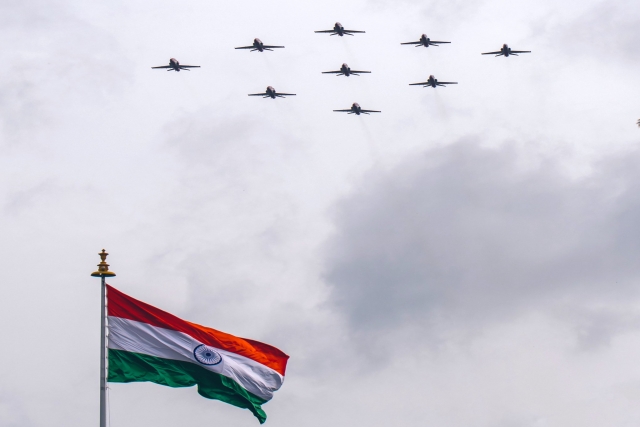
India’s Defence Research and Development Organisation (DRDO) will display the naval variant of Light Combat Aircraft (LCA) Tejas and Twin Engine Deck Based Fighter (TEDBF) besides a host of other equipment at the 13th edition of Aero India International Air Show scheduled to be held from February 3 to 5, 2021 at Bengaluru city.
More than 300 products, technologies and innovations are being presented in indoor, outdoor, static and flying displays.
The highlights of indoor systems include Combat Free Fall System, models of Advanced Medium Combat Aircraft (AMCA), ABHYAS - High-speed Expendable Aerial Target, FCS System for LCA and Aerostat Systems.
The displays will also include Nirbhay missile, P-16 Heavy Drop System, AWACS India Aircraft Model, Kaveri Dry Engine Prototype, Gas turbine blade and Pilotless Target Aircraft Engine (PTAE), etc. In the area of materials, titanium sponge being developed for INS Vikrant, the aircraft carrier will be shown along with other important products for aeronautics applications.
Among the engineering products, the exhibits include Aircraft Mounted Accessory Gear Box (AMAGB), AWAGB Bearing, MRSAM Launcher and Two-stroke single/double/four-cylinder engines for UAVs etc. The armament related products being showcased are 250kg pre-fragmented bomb, 450Kg HSLD Bomb, INS GPS Guidance Kit for 450Kg HSLD Bomb, Missile warhead models of Astra, Helina, Canopy Severance System (CSS) for Tejas Aircraft, IR flare for PTA.
Among the missiles, full scale models of various Surface to Air missiles like, Astra, LRSAM, QRSAM, Air to Air Missile Astra, Anti-Radiation Missile NGARM and Smart Anti Airfield Weapon SAAW are being shown. Besides the missiles, technology sub-systems like RF Seeker, IIR Seeker, PINAKA Guidance Kit, Model of rail track rocket sled (RTRS) facility and exploder for naval warheads etc will also be on display.
In the area of electronics and communications, various mission and radar computers, laser warning sensors, AEW&CS data links, various SDR models, light weight portable laser target designator, radars and antennae will be displayed. Integrated life support system, emergency survival rations, NBC Suit Mk-5, personal decontamination kit and other life sciences products will be shown.
Indian Maritime Simulation System (IMSAS), Air Warfare Simulation System and the Air Defence Simulation System are also planned to be demonstrated as working systems. Outdoor exhibits of DRDO include ADFCR (radar vehicle), ADTCR (sensor and power systems), Anti Drone System, QRSAM, Rustom-1, Mobile Launcher Vehicle, MARS, Akash, and Rudram (NGARM) missile among others.
For India Pavilion, keeping in view the theme of Rotary Wing Platforms, over seventeen products applicable to helicopters are exhibited. The products include Low Frequency Dunking Sonar (LFDS) on Advanced Light Helicopter (ALH), torpedoes that can be launched from helicopters, Airborne Software Defined Radio, Radar for Naval Utility, Light-weight Electro Optical Payload (LEOP), Dual Colour Missile Approach Warning System (DCMAWS), and Digital RWR. The other systems applicable for rotary wing platforms include IFF Mk XII, Combat Search & Rescue (CSAR), Heli-Net, SANT Missile and NASM-SR Dummy Model.
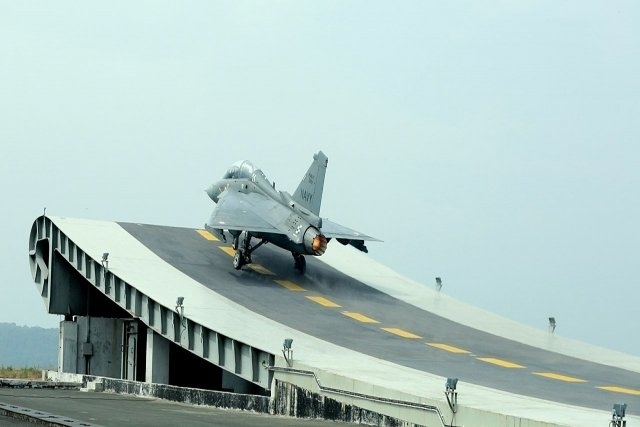
LCA Navy
The LCA Navy will be on Tarmac for static display. It is India’s first 4+ Generation STOBAR (Ski-Jump Take Off But Arrested Recovery) fighter aircraft capable of operating from an aircraft carrier.
The naval variant of Tejas LCA completed its maiden arrested landing onboard India’s INS Vikramaditya aircraft carrier. It successfully demonstrated landing on a 90m runway and take-off from short run of 145m in 2020.
The jet made its first short, arrested landing with arrestor wires on the Shore Based Test Facility (SBTF) in Goa in September 2019. The SBTF, which replicates the flight deck of an aircraft carrier, was specifically built to train naval pilots in the complex manoeuvres of landing on the short flight deck of an aircraft carrier after before they moved on to the actual carrier.
LCA Navy is designed with stronger landing gears to absorb forces exerted by the ski jump ramp during take-off, to be airborne within 200m, as against 1000m required for normal runways. Its special flight control law mode allows hands-free take-off, reducing the pilot’s workload, as the aircraft leaps from the ramp and automatically puts the aircraft in an ascending trajectory.
Twin Engine Deck Based Fighter (TEDBF)
The TEDBF is being developed to replace the Russian-made MiG-29K fighters in service with the Indian Navy. The jet will operate from the service’s current and future aircraft carriers. The service is expected to start receiving TEDBFs around 2032.
The Indian Navy currently INS Vikramaditya carrier and expects to have the first Indigenous Aircraft Carrier (IAC-I) Vikrant operational by 2022. With a second carrier to come in, the Navy is already evaluating a global tender for 57 carrier-based twin-engine fighter aircraft.
Based on the experience of the carrier landing, the DRDO has offered to develop a twin-engine deck-based fighter for the Navy. With the successful deck-landing, they decided to drop the naval LCA Mk2 and move on to the twin-engine jet, The Hindu reported citing sources last July.

